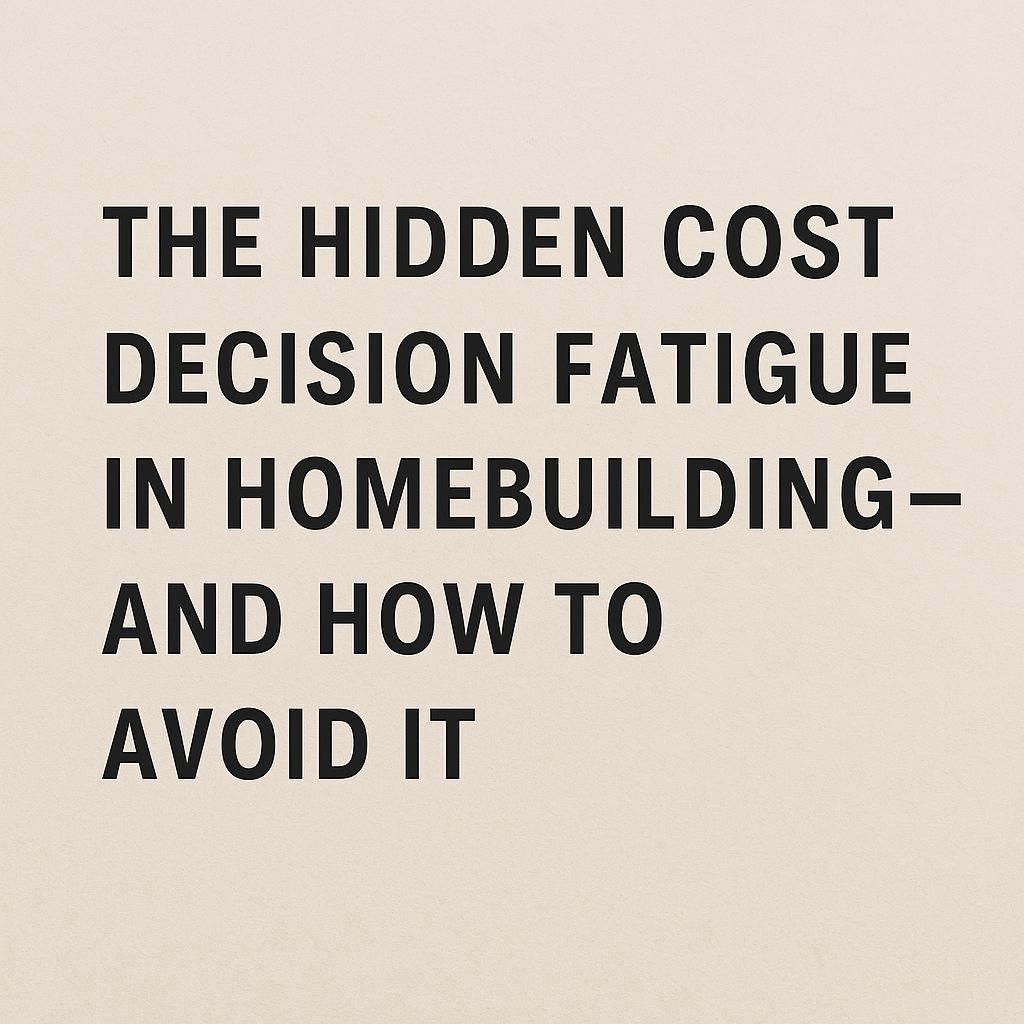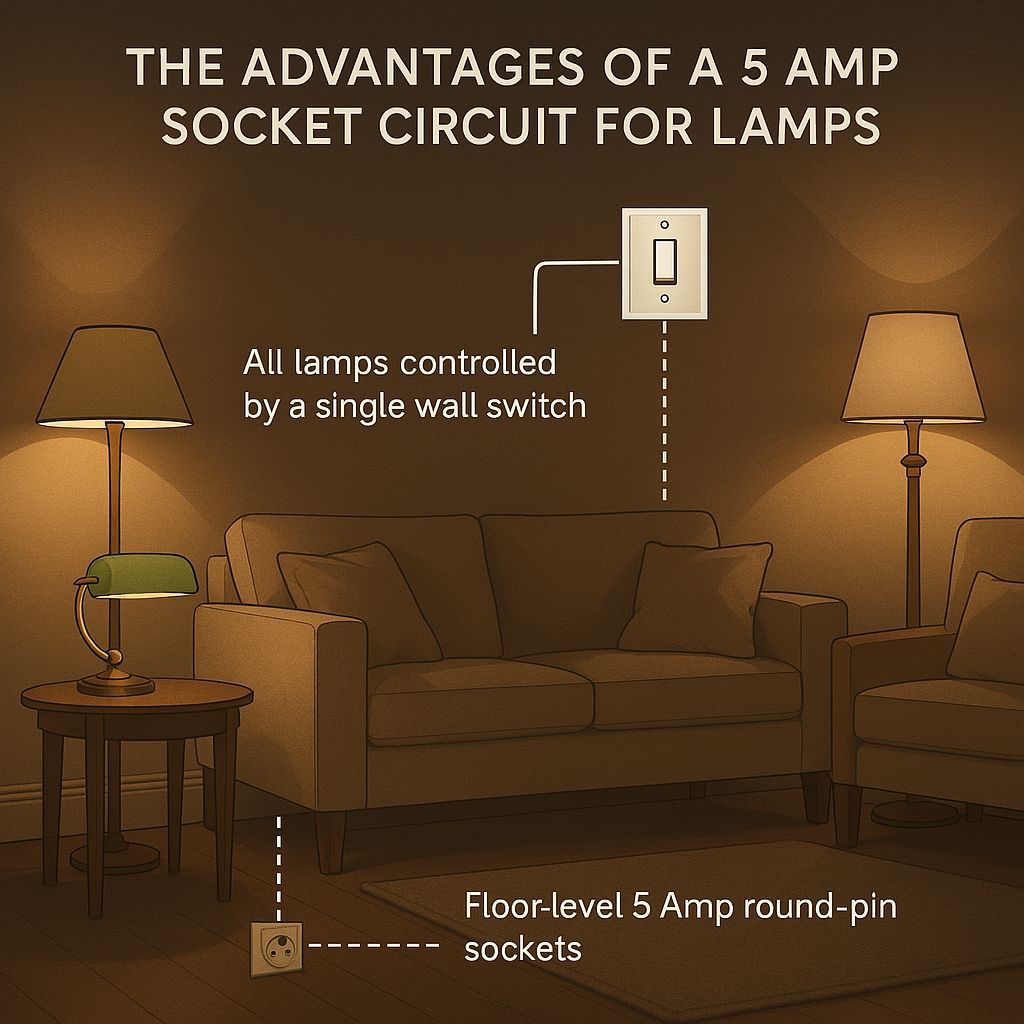Porcelain tile quality
How to determine the quality of a porcelain tile.
How can I judge the quality of a porcelain tile?
There are several factors to consider when judging the quality of a porcelain tile:
Density: Porcelain tiles are made from a denser clay than other types of tile, which makes them more durable and resistant to moisture.
Water Absorption: Porcelain tiles have a water absorption rate of less than 0.5%, which makes them suitable for indoor and outdoor use.
PEI rating: PEI rating is a measure of a tile's resistance to wear and tear. Tiles with a higher PEI rating are more suitable for high traffic areas.
Surface finish: Porcelain tiles come in a variety of finishes, including polished, honed, and textured. The finish of a tile can affect its slip resistance and durability.
Quality Control: Quality control is important for ensuring that tiles are consistent in size and color, and that they meet industry standards for strength and durability.
Brand reputation: Look for a reputable brand with a history of producing high-quality tiles, and check customer reviews to see what other people have experienced with the product.
Warranty: Look for a tile that comes with a warranty that protects against defects in workmanship and materials.
It can be difficult to judge the quality of a porcelain tile just by looking at it. Some factors, such as surface finish and colour, can be visually assessed, but others, such as density and water absorption rate, are not visible. However, there are some things you can look for to get an idea of the tile's quality:
Look for uniformity in size and colour: Tiles that are consistent in size and colour are generally of higher quality.
Check for defects: Look for chips, cracks, or other defects in the tile.
Check the surface finish: A smooth, glossy finish is generally indicative of a high-quality tile.
Check the edges: Check the edges of the tile to make sure they are clean and straight, with no rough or jagged edges.
Brand reputation: Look for a reputable brand with a history of producing high-quality tiles, and check customer reviews to see what other people have experienced with the product.
It's important to remember that even if a tile looks good on the surface, it may not be of high quality. It is always recommended to check the technical specifications and certifications of the tile before purchasing.
Technical specifications and certifications are important indicators of a tile's quality and performance. Some of the most important technical specifications and certifications to look for when purchasing tiles include:
Water Absorption: The water absorption rate of a tile is a measure of how much water it can absorb before it begins to deteriorate. Tiles with a water absorption rate of less than 0.5% are considered porcelain tiles and are suitable for indoor and outdoor use.
PEI rating: The PEI rating is a measure of a tile's resistance to wear and tear. Tiles with a higher PEI rating are more suitable for high traffic areas.
Breaking strength: Breaking strength is a measure of a tile's strength and durability. Tiles with a higher breaking strength are more resistant to damage.
Slip resistance: Slip resistance is a measure of a tile's ability to prevent slips and falls. Tiles with a high slip resistance rating are more suitable for wet or high traffic areas.
Certifications: Tiles that have been certified by organizations such as the Porcelain Enamel Institute (PEI) and the Ceramic Tile Institute of America (CTIOA) have been tested and found to meet industry standards for quality and performance.
ASTM Standards: Tiles that meet ASTM Standards are considered to be of good quality and are suitable for use in residential and commercial settings.
ISO Standards: Tiles that meet ISO Standards are considered to be of good quality and are suitable for use in residential and commercial settings.
It is important to note that not all tile manufacturers or brands have the same certification and it can vary according to the region. It is always recommended to check the certifications and standards of the tile before purchasing.
It is easy to make an expensive mistake during a building project. We help homeowners reduce the scope for mistakes, unnecessary expenditure and disputes. Contact us for a without obligation chat.



